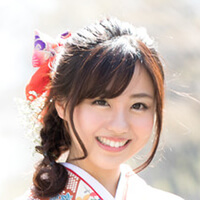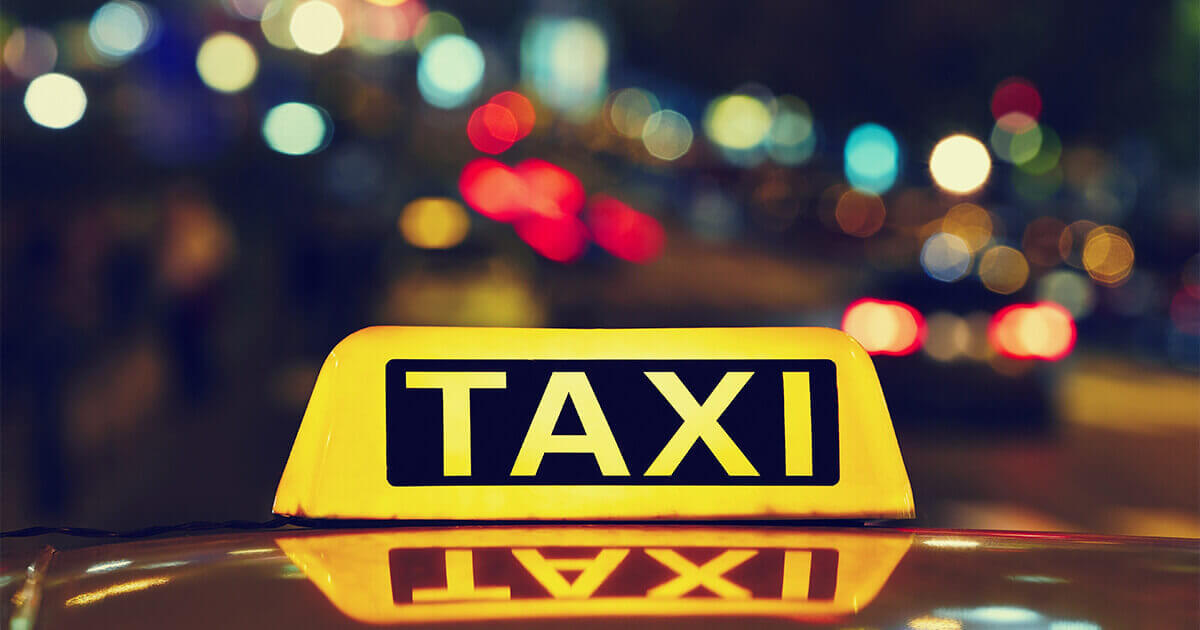
How do I say “I see” in Japanese when I suddenly realize or understand something that I didn’t understand about previously?
Answer by Japanese teacher

(1) そうですか
Soo desu ka
I see
(2) 左様(さよう)でございますか (For business)
Sayoodegozaimasuka
I see
(3) そう・そうなんだ・そうなの (Casual)
Soo / soonanda / soonano
I see
Explanation
There are various ways of saying “I see” in Japanese depending on the situation and your relationship with the listener.
The basic expression is soo desu ka and it should be said with a falling intonation. If you say it with a rising intonation, this will change the meaning of the phrase to “Really?”
This is because the word ka is usually placed at the end of a sentence to indicate a question.
A: 明日(あした)ちょっと病院(びょういん)へ行(い)きます。Ashita chotto byooin e ikimasu. (I’m going to the hospital tomorrow.)
B: そうですか。お大事(だいじ)に。Soo desu ka. Odaijini. (I see. Take care.)
For business, you can use sayoodegozaimasuka. This is a very formal expression to mean “I see”.
Client: ちょっと社長(しゃちょう)と約束(やくそく)があるんだけど。
Chotto shachoo to yakusoku ga arundakedo..
I’ve an appointment with your CEO.
Secretary: 左様(さよう)でございますか。少々(しょうしょう)お待(ま)ちください。
Sayoodegozaimasuka. Shosho omachikudasai.
I see. Please wait for a while.
Between friends, you can use the casual version soo, soonanda, or soonano.
A: 明日(あした)雨(あめ)だよ。
Ashita ame dayo..
It’s going to rain tomorrow.
B: そう(そうなんだ、そうなの)。じゃ、傘(かさ)を持(も)って行(い)こう。
Soo (soonanda/soonano). Ja, kasa o motteikoo
I see. Let’s bring an umbrella.


